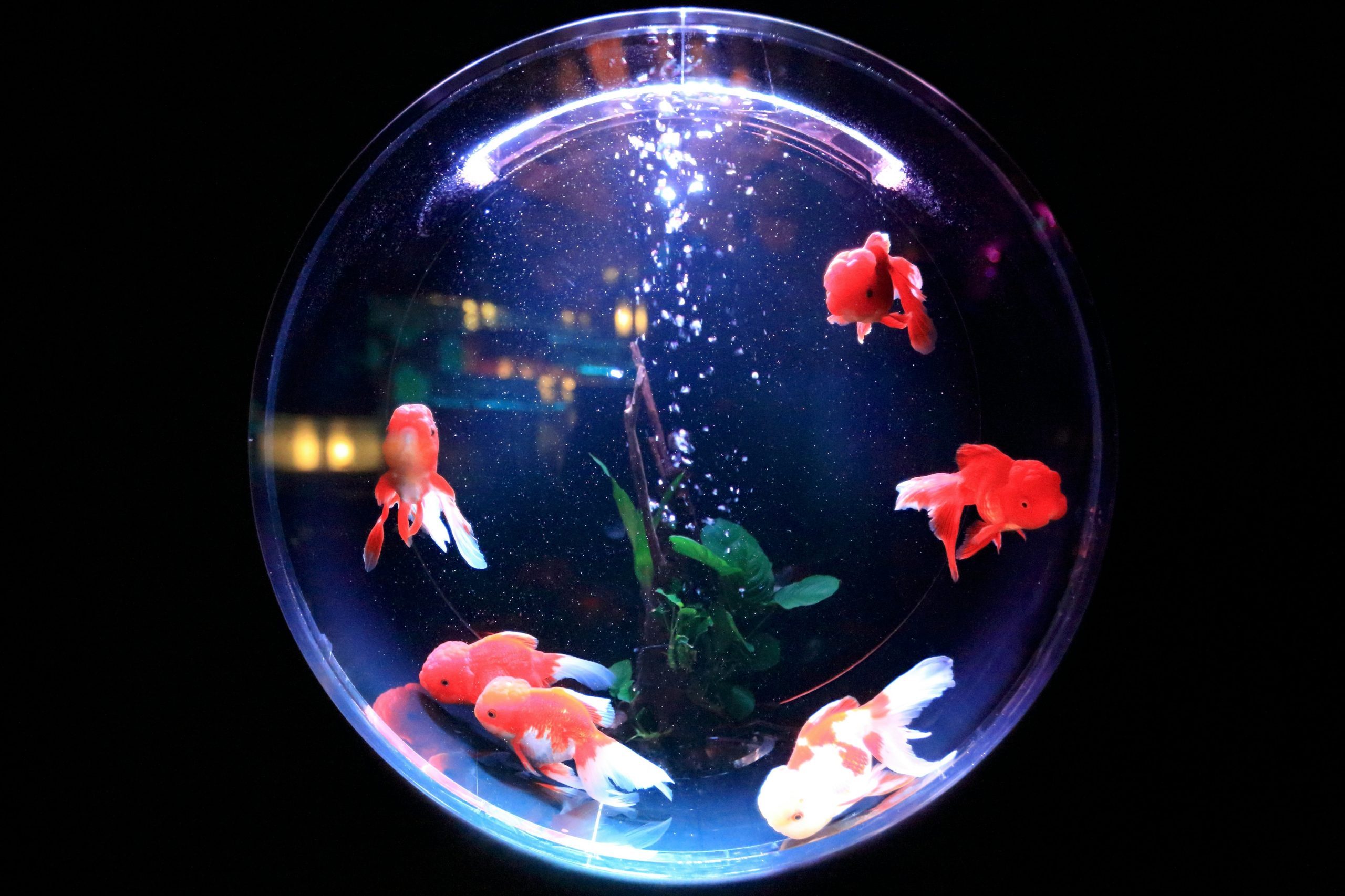Table of Contents
![]()
I. Introduction
Seadragons, fascinating marine creatures closely related to seahorses and pipefish, are known for their extraordinary appearance and unique behaviors. These captivating animals, particularly the leafy and weedy seadragons, are not only stunning to behold but also play an important role in their ecosystems. This article explores the distinctive features, ecological roles, conservation status, and the challenges they face in both the wild and in aquariums.
II. Types of Seadragons
A. Leafy Seadragon (Phycodurus eques)
The leafy seadragon is perhaps the most recognizable of all seadragons, characterized by its long, slender body adorned with leaf-like appendages that provide remarkable camouflage. This species, primarily found along the southern coasts of Australia, can be spotted among seaweed and seagrass beds where it blends seamlessly with its surroundings.
B. Weedy Seadragon (Phyllopteryx taeniolatus)
The weedy seadragon, while similar in appearance, has a more elongated body with smaller, more delicate appendages that resemble the appearance of seaweed rather than leaves. This species also inhabits the waters off Australia, often dwelling in rocky reefs and kelp forests. The differences in physical traits between the two species highlight their adaptation to similar yet distinct ecological niches.
C. Other Species and Potential Discoveries
Though the leafy and weedy seadragons are the most well-known, researchers continue to explore the possibility of undiscovered species within this fascinating family. Ongoing studies may reveal more about their biodiversity and ecological roles.
III. Ecology and Behavior
A. Natural Habitat
Seadragons are typically found in shallow coastal waters, particularly in environments rich in seagrass and algae. These habitats are crucial for their survival, providing not only food sources but also protection from predators. The presence of such environments is vital for maintaining healthy seadragon populations.
B. Feeding Habits
Seadragons primarily feed on small crustaceans, such as shrimp and plankton. They utilize a unique feeding mechanism known as suction feeding, whereby they quickly inhale prey into their elongated snouts. This method allows them to consume tiny prey without the need for significant movement, which helps maintain their camouflage.
C. Reproductive Behavior
The reproductive behavior of seadragons is as unique as their appearance. Males are responsible for carrying fertilized eggs, which they attach to specialized areas on their bodies. During mating, males perform intricate displays to attract females, demonstrating their health and fitness through vibrant colors and movements.
IV. Adaptations for Survival
A. Camouflage and Mimicry
One of the most remarkable adaptations of seadragons is their ability to blend into their surroundings. Their leaf-like appendages serve as effective camouflage, allowing them to evade predators such as larger fish and birds. This ability to mimic their environment is crucial for their survival.
B. Physiological Adaptations
Seadragons possess adaptations that help them maintain buoyancy in the water column. Unlike many fish, they lack a swim bladder and instead use their small dorsal fins for propulsion. Their unique swimming techniques enable them to navigate through dense underwater vegetation while conserving energy.
C. Sensory Adaptations
Seadragons have well-developed sensory systems that assist them in locating food and navigating their habitats. Their keen eyesight allows them to detect movement in the water, while their ability to sense vibrations aids in hunting and avoiding danger.
V. Conservation Status
A. Threats to Seadragons
Seadragons face several threats that jeopardize their populations. Habitat destruction due to coastal development, pollution, and climate change significantly impact their environments. As seagrass beds decline, so does the availability of food and shelter for these unique creatures.
B. Conservation Efforts
To protect seadragons, various conservation efforts have been initiated. Protected marine areas and regulations limiting coastal development aim to preserve their natural habitats. Additionally, captive breeding programs are being established to support population recovery and educate the public about these fascinating animals.
VI. Seadragons in Aquariums
A. Importance of Aquariums for Education and Conservation
Aquariums play a crucial role in the conservation of seadragons by raising awareness and providing educational opportunities for visitors. They serve as vital centers for research and captive breeding, which can help bolster wild populations.
B. Challenges in Keeping Seadragons in Captivity
Despite their allure, keeping seadragons in aquariums presents significant challenges. Their specific dietary needs, primarily consisting of live food, require careful management. Additionally, replicating their natural habitat, including water quality and vegetation, is essential for their well-being.
C. Successful Aquarium Examples and Research
Several aquariums around the world have successfully cared for seadragons, conducting research that informs conservation strategies. These institutions work diligently to create environments that mimic the natural habitats of seadragons, ensuring their health and longevity.
VII. Cultural Significance
Seadragons hold cultural significance in various communities, particularly among Indigenous Australians, who have long recognized their unique beauty. They have also made their mark in art and media, inspiring countless representations due to their enchanting appearance and behavior.
VIII. Conclusion
Seadragons are not only visually stunning creatures but also play a vital role in their ecosystems. Their unique adaptations, behaviors, and the challenges they face underscore the importance of conservation efforts. By increasing awareness and supporting research, we can help ensure that these extraordinary animals continue to thrive in their natural habitats and captivate future generations.
Share This




Be the first to comment